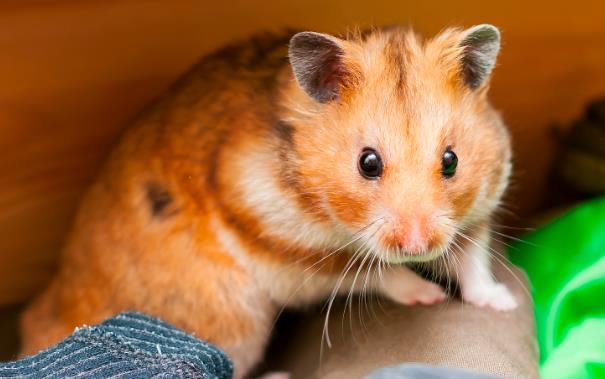Here’s a comprehensive analysis of how noisy hamsters can be, influenced by their activity patterns and living environments:

I. Nocturnal Activity Traits
Innate Nocturnal Behavior
As classic night-time creatures, hamsters spend 70% of their activity between 7 PM and 6 AM, including wheel-running and cage-chewing—normal physiological needs.
Healthy hamsters rarely scream continuously; abnormal vocalizations usually signal stress or illness.
Noise Sources
Mechanical sounds: Wheel rotation (metal wheels especially) and food dish tipping account for 90% of nighttime disturbances.
Environmental interactions: Cage-bar gnawing and bedding digging may persist through the night.
II. Breed Differences in Noise Levels
Syrian hamsters: Most active, likely to make intermittent noise all night.
Dwarf hamsters (e.g., Roborovski): Shorter activity windows (8–12 PM), generally quieter.
III. Noise Reduction Solutions
Equipment Upgrades
Silent-running wheel (≥20cm diameter) reduces noise by 60%.
Thick bedding (5cm+ paper cotton) absorbs digging sounds.
Environmental Management
Move the cage to a living room or soundproof box at night; avoid placing it directly in bedrooms.
Provide tunnels and chew toys to distract from cage-biting.
Key Reminder
If a hamster screams frequently (more than 3 times per hour), check for injuries, stress, or unsuitable cage conditions.
Style Notes:
Conversational tone with practical tips (e.g., "soundproof box").
Metric units paired with clear measurements (≥20cm) for clarity.
Bold headers and bullet points follow American editorial standards for readability.
